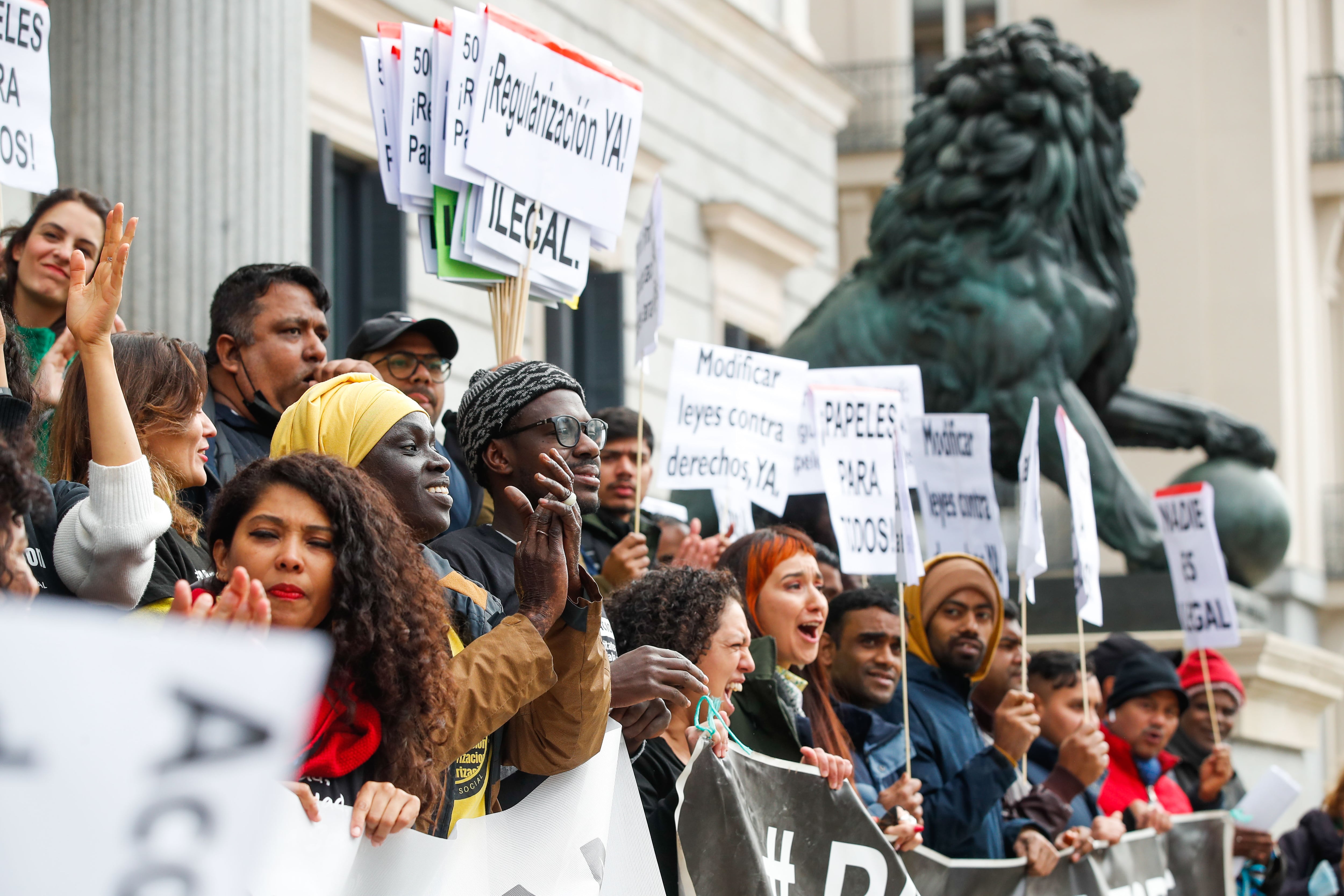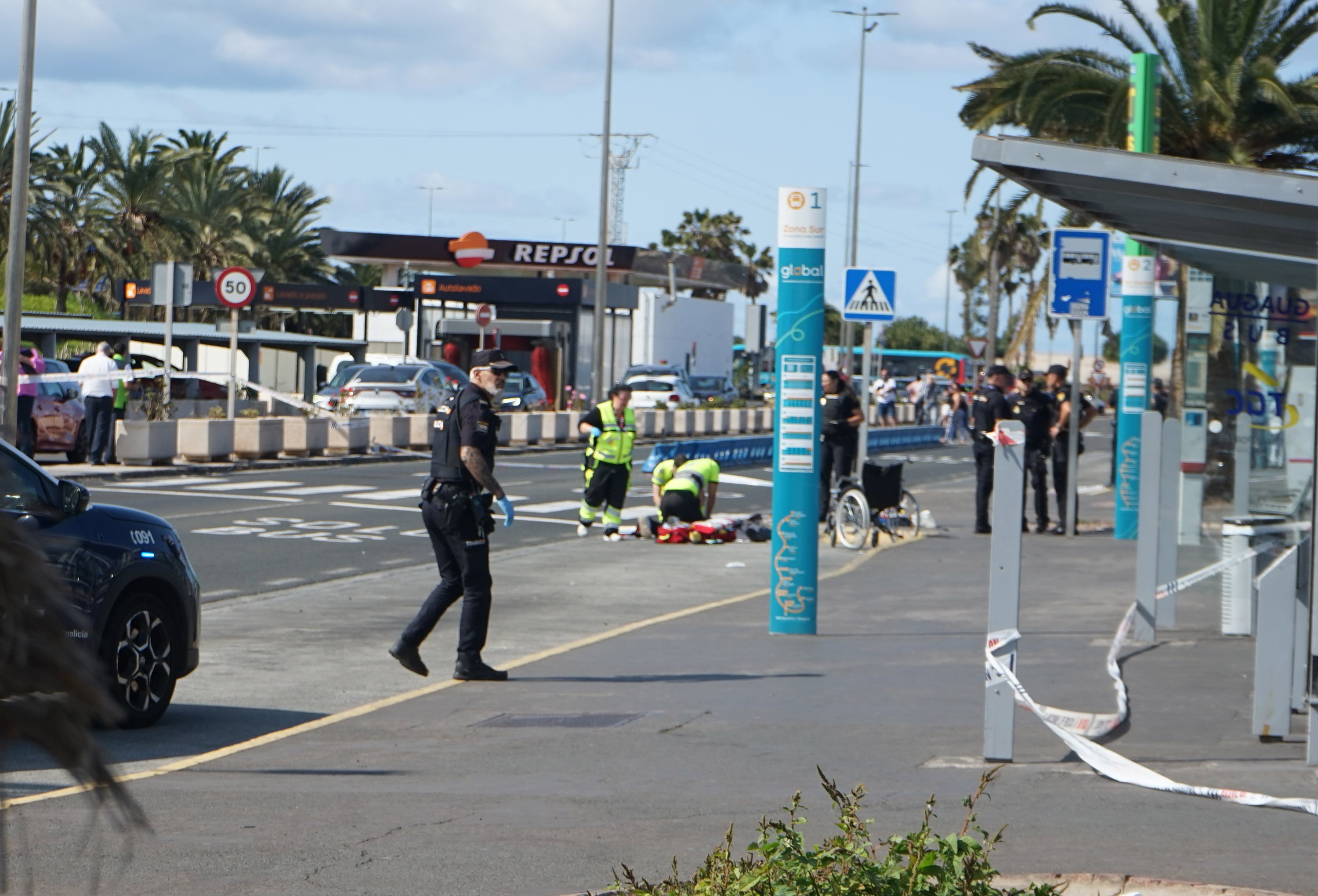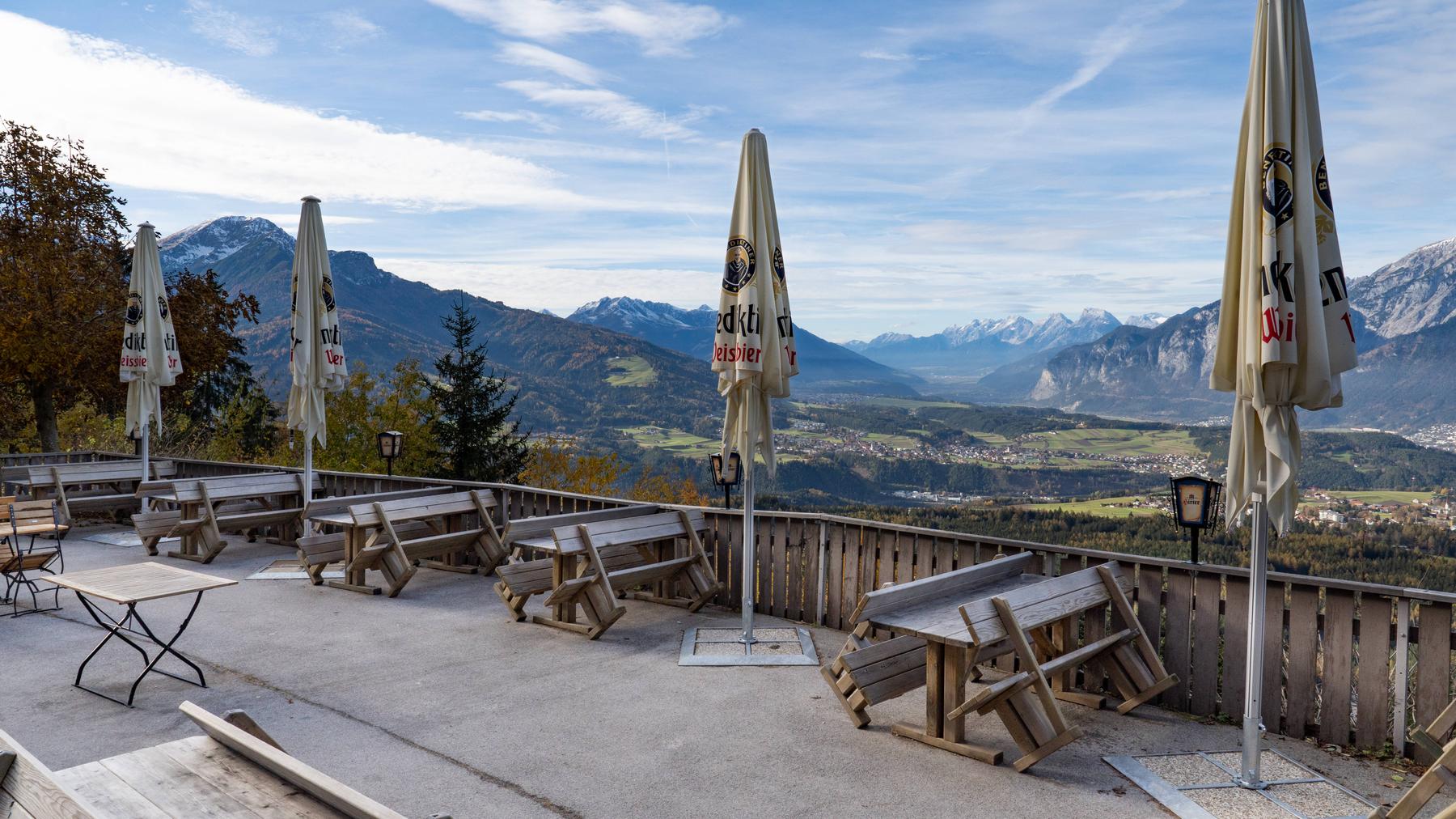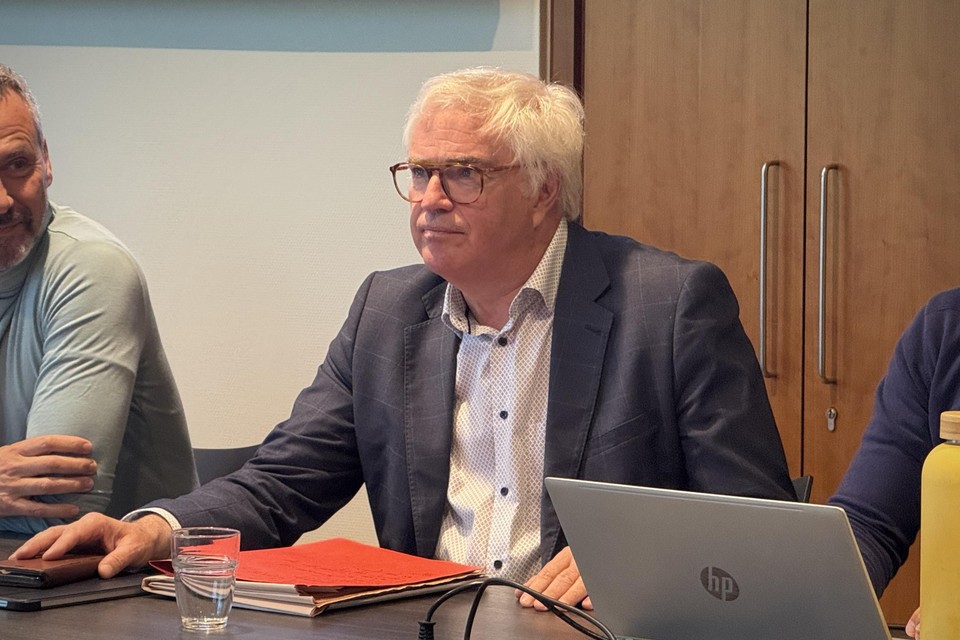Indifference of victims to the probation of an Etarra | Spain
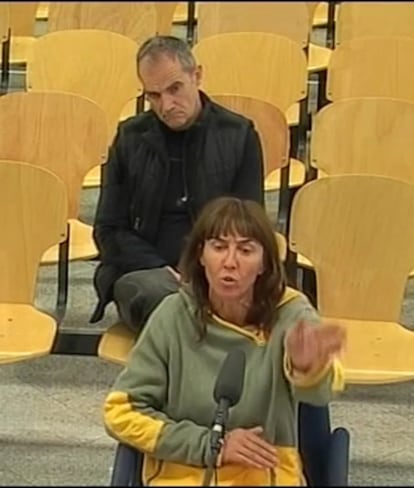
The recent early release of The Etarra Maite Pedrosa Barrenetxea ―Condenada to more than 230 years in jail for, Among other crimes, the murder in 1998 in Seville of the councilor of the PP Alberto Jiménez Becerril and his wife, Ascension García– It has been received with indifference by its victims. The car dictated by The Penitentiary Surveillance Judge of the National Court, José Luis Castrofor which the terrorist agreed on April 3 to probation (just two years before the penalty) reveals that, of the 11 people harmed by their terrorist actions with which she contacted the Office of Information and Assistance to the victims of terrorism, only one was openly opposed to the measure. Of the rest, two had died, two others requested only information on the judicial process for the release of Etarra, but did not present allegations and the rest rejected the offer to intervene in the process. In two of these cases, they even expressed their desire to « not want to know anything. »
Finally, Judge Castro, who positively valued both the « good behavior » of the Etarra in jail and his « favorable » prognosis of social reintegration, ordered the prison of Basauri (Bizkaia) the stimmer of Pedrosa’s probation after 28 years in prison in a car in which he stressed that he had written several letters in which he regretted “the pain caused to all these people who, with specific names and suffered because of my actions. ” With it, there are already 48 prisoners of ETA to which justice has granted probation since 2019. Of them, 13 in the last 12 months, according to data from the Association of Victims of Terrorism (AVT).
The process for the release of the Etarra began on July 24 of last year, when the Basauri prison management – where Pedrosa already enjoyed a semi -liberty regime under telematic control that allowed him not to have to go to the prison to sleep – made the proposal to the judge to grant probation. The jail that the then inmate had fulfilled in October 2019, three quarters of The 30 years of maximum condemnation that had setrequirement required in article 90 of the Criminal Code to aspire to this measure. The jail treatment board – form by penitentiary professionals – wielded, in addition to the advanced compliance with the conviction, which the Etarra had made “good use” of the output permits, which had “family” and “institutional” support, a job and had made an “explicit renunciation of criminal activity”, in addition to being paying, even if it was symbolic, the civil liability imposed on it.
After expressing the Prosecutor’s Office that was not opposed to release, the judge requested on September 25 to the Office of Victims Assistance, under the Ministry of Justice, which, “in case of concrete victims for the crimes committed by the Penada, it would contact them in order to know if they were interested in obtaining information, appearing in the file or interest by the law they will consider necessary to guarantee their safety. ” Ten days later, this office communicated that, after consulting the nine sentences against Pedrosa, he had identified 11 victims.
The letter detailed that, after contacting them, one requested that the favorable report to probation “to be able to decide how to act” be referred to and another announced that he had spoken with the AVT, to which he belonged, so that a lawyer sends a letter opposing the release. One more expressed interest « in receiving from the court only information on the resolution of the file. » Of the rest, four said they did not want to receive the offer of actions or even know anything; Two consisted of as deceased and the last one had not been able to locate despite the multiple attempts to contact him by telephone.
Days later, the report detailed that the latter victim had finally been located, but that he was not interested in taking actions. Weeks later, Judge Castro asked the Victims Assistance Office to contact “with the possible heirs” of the two victims that were dead. This organ reported shortly after he had located the wife of one of them, and that he had told them « that he does not want to know anything. » It was impossible for the second deceased to contact anyone close.
On February 7, the letter of the only victim who opposed the release was entered into the court. In it, it described the granting of the probation of « precipitated » and stressed that Pedrosa then had a semi -liberty regime « just 10 months, so that it is necessary to continue a few more months in third degree. » He also recalled that he had paid « merely symbolic » amounts of civil liability and that he had not collaborated in a « active with the authorities (…) to achieve the identification and eventual capture of those responsible for this type of crimes » and, therefore, of unsolved attacks.
This victim also stated that, if the judge finally agreed to release the Etarra – as finally happened – several measures were imposed to Pedrosa: the prohibition of approaching the homes of their victims, of participating “in any public tribute” to prisoners of the terrorist organization and making statements in the media. Finally, on March 21 the magistrate dictated the car granted by probation to Etarra. In his resolution, the magistrate imposed a dozen « rules of conduct » to the terrorist, including the three that had requested the only one of his victims who presented allegations to his release.


